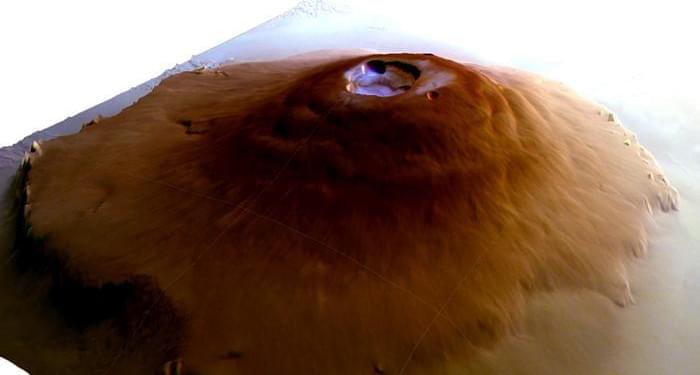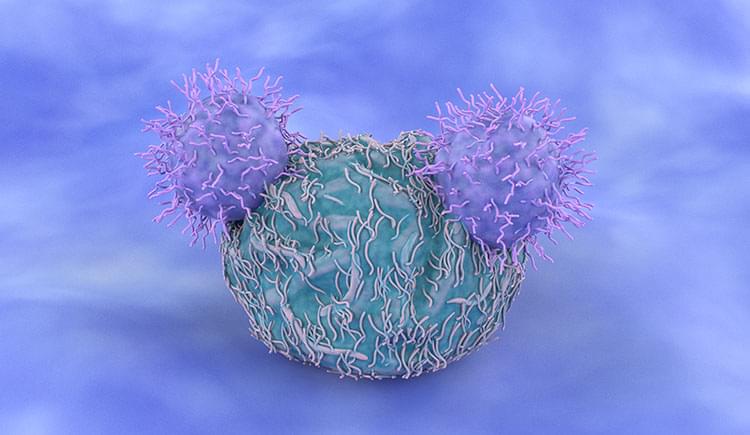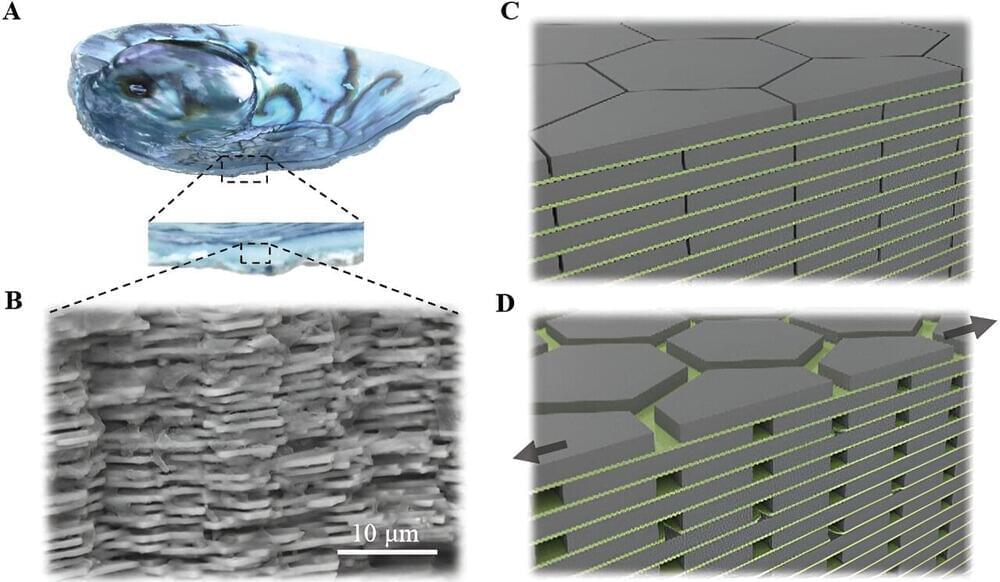Dr. Adomas Valantinas: “What we’re seeing may be a remnant of an ancient climate cycle on modern Mars, where you had precipitation and maybe even snowfall on these volcanoes in the past.”
How unique is the climate of Mars compared to Earth? This is what a recent study published in Nature Geoscience hopes to address as a team of international researchers investigated how frost could form on the summits of volcanoes that comprise the Tharsis volcanic province on Mars. This study holds the potential to help researchers better understand the present-day water cycle on the Red Planet and could have implications for harnessing some of it for future human exploration, as well.
For the study, the researchers used more than 30,000 images from the European Space Agency’s Trace Gas orbiter and the European Space Agency’s Mars Express orbiter to analyze morning frost on the summits of Olympus Mons (Mars’ tallest volcano and the tallest planetary mountain in the solar system), Arsia and Ascraeus Montes, and Ceraunius Tholus. Additionally, the researchers used climate model simulations to ascertain if water could condense and form at these summits, as well.







